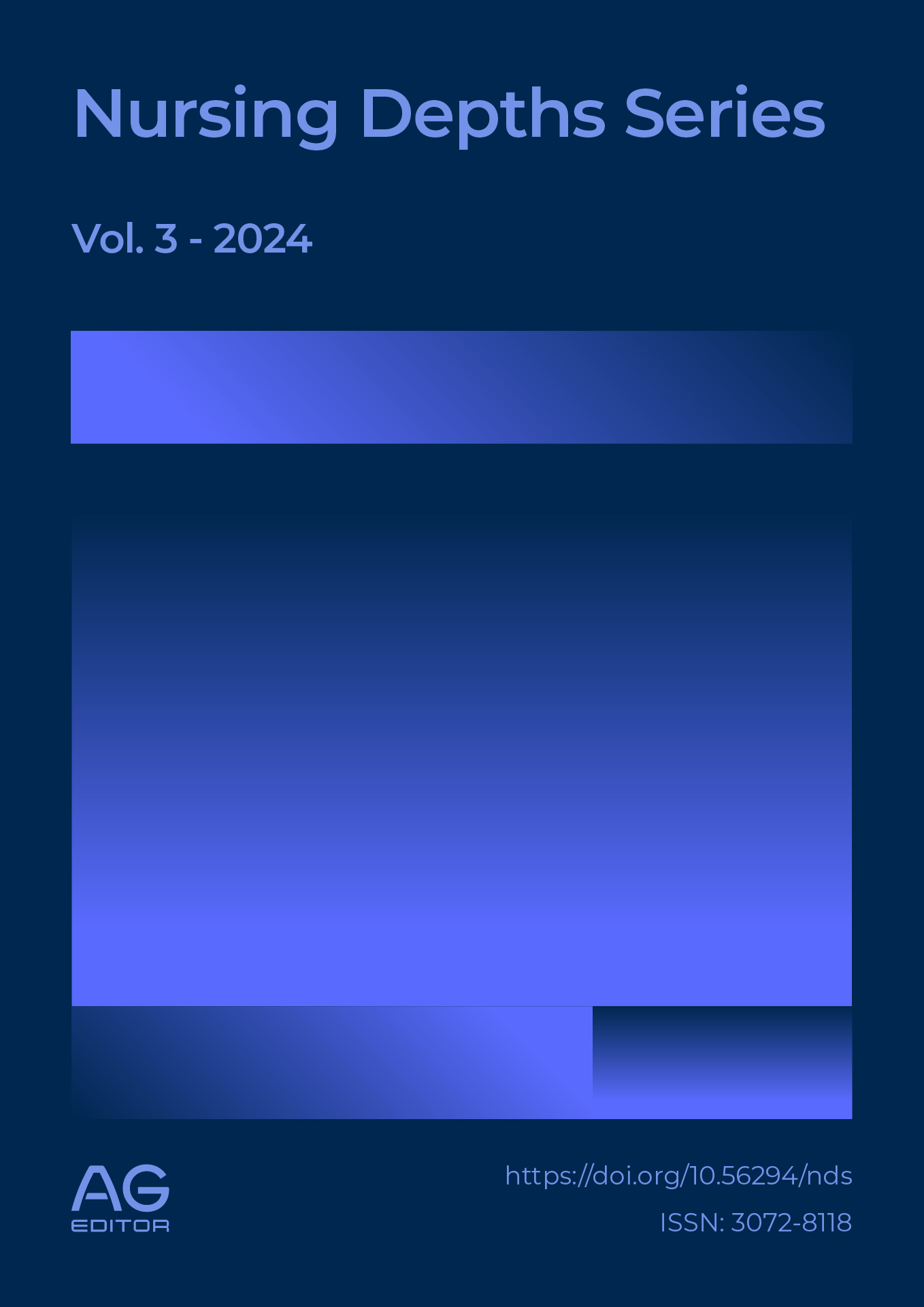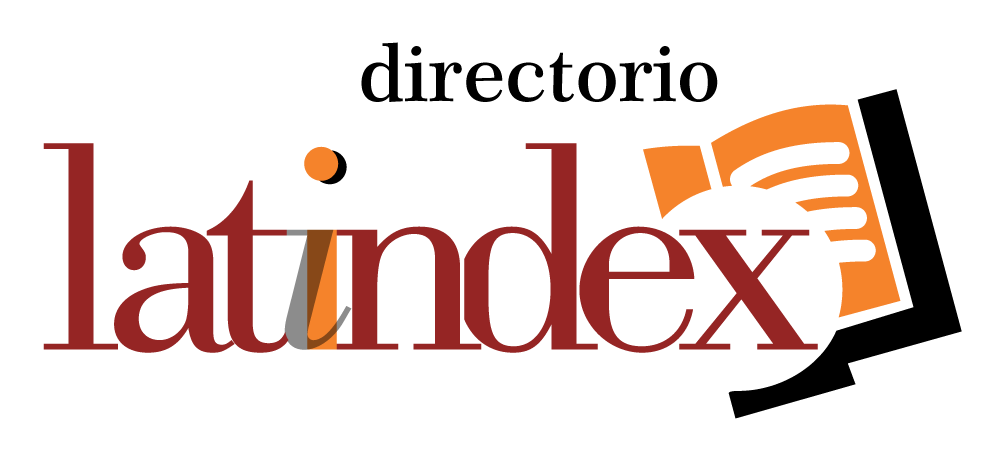Healthy lifestyles and higher education: an analysis from Pender's theory
DOI:
https://doi.org/10.56294/nds2024112Keywords:
health promotion, Pender's model, college students, lifestyles, wellness, well beingAbstract
Introduction: The analysis of health promotion framed in Nola J. Pender's model showed that this approach conceived health as a dynamic process in which individuals assumed an active role in the construction of their wellbeing. In the case of university students, it was highlighted that the academic stage represented a decisive moment in the formation of healthy habits, since it allowed cementing behaviors that impacted their adult life.
Development: Pender's model proposed that health behaviors were influenced by personal, social and environmental factors, including self-efficacy, perceived benefits and perceived barriers. This framework was relevant to understanding how youth coped with challenges such as poor diet, lack of physical activity, substance use, and inadequate sleep and stress management. It was also observed that the support of family, friends and the academic environment played a decisive role in the adoption of healthy practices. Universities, for their part, played a central role in implementing policies and programs that favored prevention, physical activity, balanced nutrition and education for self-care.
Conclusions: It was concluded that health promotion in university students transcended simple disease prevention and was consolidated as a social and educational investment. Pender's model provided conceptual tools to design effective interventions that strengthened resilience, reduced risks and enhanced the construction of healthier academic communities.
References
1. Bravo S, Izquiero D, Castillo A, Rodas P. Hábitos alimenticios, nocivos y rendimiento académico en estudiantes universitarios en tiempos de Covid-19 [Internet]. 2021 [citado YYYY Mon DD]. Disponible en: https://revistavive.org/index.php/revistavive/article/view/144
2. Carrillo P, Ramírez J, Magaña K. Neurobiología del sueño y su importancia: antología para el estudiante universitario [Internet]. 2016 [citado YYYY Mon DD]. Disponible en: https://www.medigraphic.com/pdfs/facmed/un-2013/un134b.pdf
3. Centers for Disease Control and Prevention (CDC). Dormir bien [Internet]. 2023 [citado YYYY Mon DD]. Disponible en: https://www.cdc.gov/cancer-survivors/es/healthy-living-guides/sleep.html?CDC_AAref_Val=https://www.cdc.gov/spanish/cancer/survivors/healthy-living-guides/physical-health/sleep.htm
4. Díaz D, Latorre J, Leal C, Saldivia S. Psicología para enfermería y ciencias de la salud [Internet]. 2023 [citado YYYY Mon DD]. Disponible en: https://www.google.com.ec/books/edition/Psicolog%C3%ADa_Para_Enfermer%C3%ADa_Y_Ciencias/RUC2EAAAQBAJ?hl=es&gbpv=1&dq=estilos+de+vida+saludable+marco+conceptual+2023+%22concepto%22&pg=PA287&printsec=frontcover
5. Espinosa A, Ortiz F. Redes sociales. 2023. Disponible en: https://www.google.com.ec/books/edition/Redes_Sociales_teor%C3%ADa_m%C3%A9todos_y_aplica/ba3lEAAAQBAJ?hl=es&gbpv=1&dq=estilo+de+vida%22+aspectos+eticos%22+2023&pg=PA155&printsec=frontcover
6. Fernández Y, Caballero A. Análisis del estilo de vida de los estudiantes universitarios ecuatorianos. 2023. Disponible en: http://scielo.senescyt.gob.ec/scielo.php?pid=S2528-79072023000100097&script=sci_arttext
7. Fuente S, Lopez Y. Publicidad de bebidas alcohólicas y efectos para la salud en opinión de estudiantes universitarios, Campus Mederos, UANL. 2020. Disponible en: https://dialnet.unirioja.es/servlet/articulo?codigo=7660611
8. Gomez E, Ceballos O, Moreno O, Cevilla R, Enriquez M. Diferencias en estilos de vida según el consumo de alcohol en universitarios: estudio longitudinal. 2022. Disponible en: https://sanus.unison.mx/index.php/Sanus/article/view/321/395
9. Gomez J, Tamayo O, Dieguez R, Iparraguirre A, Batista C. Incidencia del alcoholismo y el tabaquismo en estudiantes de medicina. 2021. Disponible en: https://revistas.unheval.edu.pe/index.php/repis/article/view/885
10. Gomez M. Introducción a la metodología de la investigación científica. 2006. Disponible en: https://www.google.com.ec/books/edition/Introducci%C3%B3n_a_la_metodolog%C3%ADa_de_la_in/9UDXPe4U7aMC?hl=es&gbpv=1&dq=%22enfoque+cuantitativo%22+concepto&pg=PA71&printsec=frontcover
11. González J, Portolés A. Actividad física extraescolar: relaciones con la motivación educativa, rendimiento académico y conductas asociadas a la salud. 2014. Disponible en: https://www.redalyc.org/pdf/3111/311130199005.pdf
12. Laje G, Narváez P, Narváez H, Gaviria A. Factores de riesgo de nutrición y alimentación en la atención integral de los adolescentes [Internet]. 2024 [citado 2025 sep 12]. Disponible en: https://reciamuc.com/index.php/RECIAMUC/article/view/1253/1969
13. López O, Sevilla A, Velandrino A. Fortalezas positivas [Internet]. 2020 [citado 2025 sep 12]. Disponible en: https://dialnet.unirioja.es/servlet/articulo?codigo=6456216
14. MedlinePlus. Dieta y recuperación de la drogadicción [Internet]. 2022 [citado 2025 sep 12]. Disponible en: https://medlineplus.gov/spanish/ency/article/002149.htm#:~:text=El%20consumo%20de%20sustancias%20perjudica,irregular%20y%20una%20dieta%20deficiente
15. Organización Mundial de la Salud. Importancia de un estilo de vida saludable [Internet]. 2018 [citado 2025 sep 12]. Disponible en: https://www.udem.edu.mx/sites/default/files/2022-06/Importancia-estilo-de-vida-saludable-ArticuloBienestar.pdf
16. Organización Mundial de la Salud. Actividad física [Internet]. 2022 [citado 2025 sep 12]. Disponible en: https://www.who.int/es/news-room/fact-sheets/detail/physical-activity
17. Organización Mundial de la Salud. Informe de las Naciones Unidas: las cifras del hambre en el mundo aumentaron hasta alcanzar los 828 millones de personas en 2021 [Internet]. 2022 [citado 2025 sep 12]. Disponible en: https://www.who.int/es/news/item/06-07-2022-un-report--global-hunger-numbers-rose-to-as-many-as-828-million-in-2021
18. Organización de las Naciones Unidas. Aumenta hasta los 828 millones el número de personas que sufren hambre [Internet]. 2022 [citado 2025 sep 12]. Disponible en: https://news.un.org/es/story/2022/07/1511372
19. Ordoñez D, Heredia D. Niveles de actividad física y motivación a la práctica deportiva en estudiantes de Educación Física [Internet]. 2021 [citado 2025 sep 12]. Disponible en: https://dialnet.unirioja.es/servlet/articulo?codigo=7953205
20. Ministerio de Salud Pública y Bienestar Social de Paraguay. Hábitos saludables para prevenir enfermedades, es la mejor manera de cuidarse [Internet]. 2020 [citado 2025 sep 12]. Disponible en: https://www.mspbs.gov.py/portal/21297/habitos-saludables-para-prevenir-enfermedades-es-la-mejor-manera-de-cuidarse.html
21. Pastor R, Bibiloni M, Tur J. Patrones de consumo de alimentos en estudiantes universitarios de Zamora [Internet]. 2017 [citado 2025 sep 12]. Disponible en: https://scielo.isciii.es/scielo.php?script=sci_arttext&pid=S0212-16112017000900024
22. Pizzinato A, Pagnussat E, Simonetti E, Lobo N, Fin R. Analysis of the support network and the social support in perception of users and professionals of the basic social protection [Internet]. 2018 [citado 2025 sep 12]. Disponible en: http://pepsic.bvsalud.org/scielo.php?script=sci_arttext&pid=S1413-294X2018000200006
23. Quiliano M, Quiliano M. Inteligencia emocional y estrés académico en estudiantes de enfermería [Internet]. 2020 [citado 2025 sep 12]. Disponible en: https://www.scielo.cl/scielo.php?pid=S0717-95532020000100203&script=sci_arttext
24. Rafapana. Quiénes somos [Internet]. 2022 [citado 2025 sep 12]. Disponible en: https://rafapana.org/quienes-somos/
25. Rosales Y, Cordovez S, Herrera V, Caiza M. Estilos de vida en estudiantes de medicina: una revisión sistemática [Internet]. 2023 [citado 2025 sep 12]. Disponible en: https://revhabanera.sld.cu/index.php/rhab/article/view/4975
26. Rubio J, Chicaiza L, Villota E, Rojas R. Consumo de sustancias psicoestimulantes en estudiantes universitarios [Internet]. 2019 [citado 2025 sep 12]. Disponible en: https://retosdelacienciaec.com/Revistas/index.php/retos/article/view/267/142
27. Salgado M, Cepeda L. Alimentación, estados afectivos y actividad física en estudiantes universitarios mexicanos durante la pandemia por COVID-19 [Internet]. 2021 [citado 2025 sep 12]. Disponible en: https://e-revistas.uc3m.es/index.php/RECS/article/view/6231/5088
28. Tena A, Castro G, Marin R, Gomez P, Fuente A, Gomez R. Consumo de sustancias en adolescentes: consideraciones para la práctica médica [Internet]. 2018 [citado 2025 sep 12]. Disponible en: https://www.scielo.org.mx/scielo.php?script=sci_arttext&pid=S0186-48662018000200008
29. Trianes M. Estrés en la infancia [Internet]. 1999 [citado 2025 sep 12]. Disponible en: https://www.google.com.ec/books/edition/Estr%C3%A9s_en_la_infancia/vQmG3pBsGt4C
30. Veron J, Ayala L, Cumbay L, Diaz V, Majun A, Molinas C, Morales L. Consumo de bebidas con cafeína en estudiantes de bioquímica [Internet]. 2024 [citado 2025 sep 12]. Disponible en: https://revistas.uninorte.edu.py/index.php/medicina/article/view/v12n2a4
31. Vilchez J, Quiñones D, Failo V, Acevedo T, Larico G, Mucching S, Córdova J. Salud mental y calidad de sueño en estudiantes de ocho facultades de medicina humana del Perú [Internet]. 2016 [citado 2025 sep 12]. Disponible en: https://www.scielo.cl/scielo.php?pid=s0717-92272016000400002&script=sci_arttext
Published
Issue
Section
License
Copyright (c) 2024 Ruth Elizabeth Calderón Landívar, Dennis Victoria García Loor, Erika Elizabeth Napa Castillo, Jenrry Fredy Chávez-Arizala (Author)

This work is licensed under a Creative Commons Attribution 4.0 International License.
The article is distributed under the Creative Commons Attribution 4.0 License. Unless otherwise stated, associated published material is distributed under the same licence.





